Fuji XT-1 Film Simulation modes
One of the great features of the Fuji X series cameras is the Film Simulation mode which is available in-camera and allows you to take pictures with the look of some of Fuji’s classic film emulsions. Today, I decided to try this out and carried out a test on the Fuji XT-1 Film Simulation modes.
This is probably not the only article you could find which carries out a similar sort of test since the XT-1 is now 3 years old, but I really wanted to see for myself how the modes look before we go on a family holiday in a few weeks time. I’ve decided this holiday I will ‘travel light’ and I’m only taking the XT-1 and no film camera, so I wanted to run a test myself to check how the in camera simulations look, and also to see if they are basically the same as the camera profiles which are supplied with Lightroom.
Fuji XT-1 Film Simulation Pictures
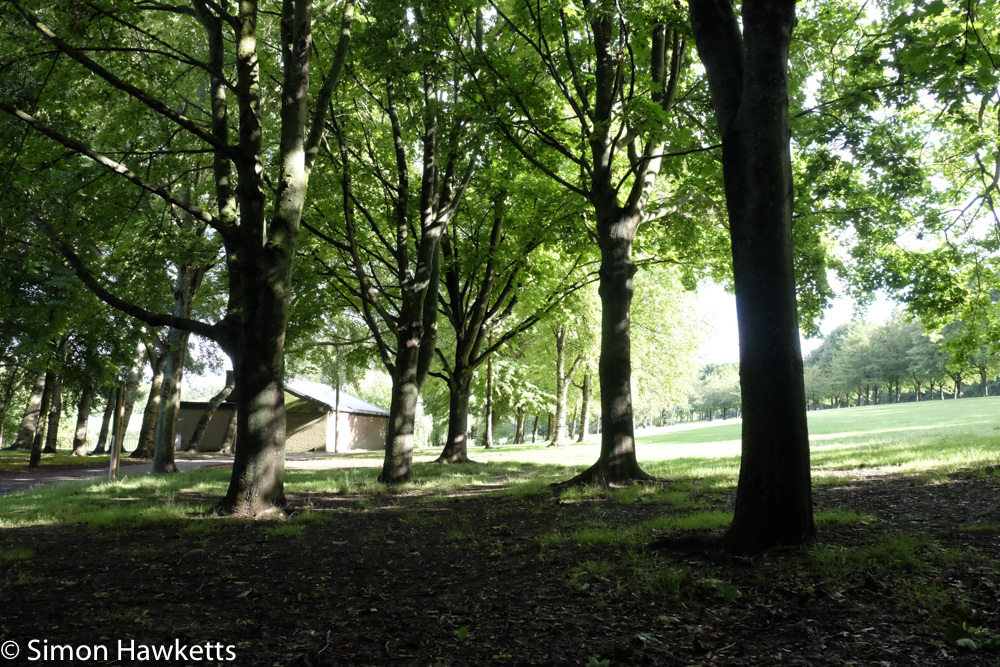
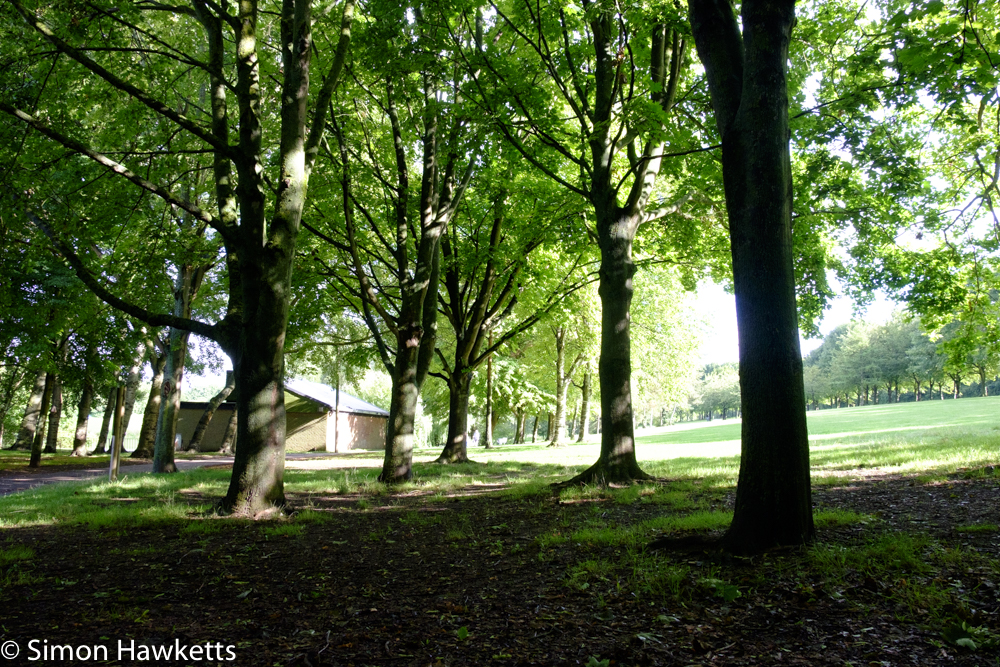
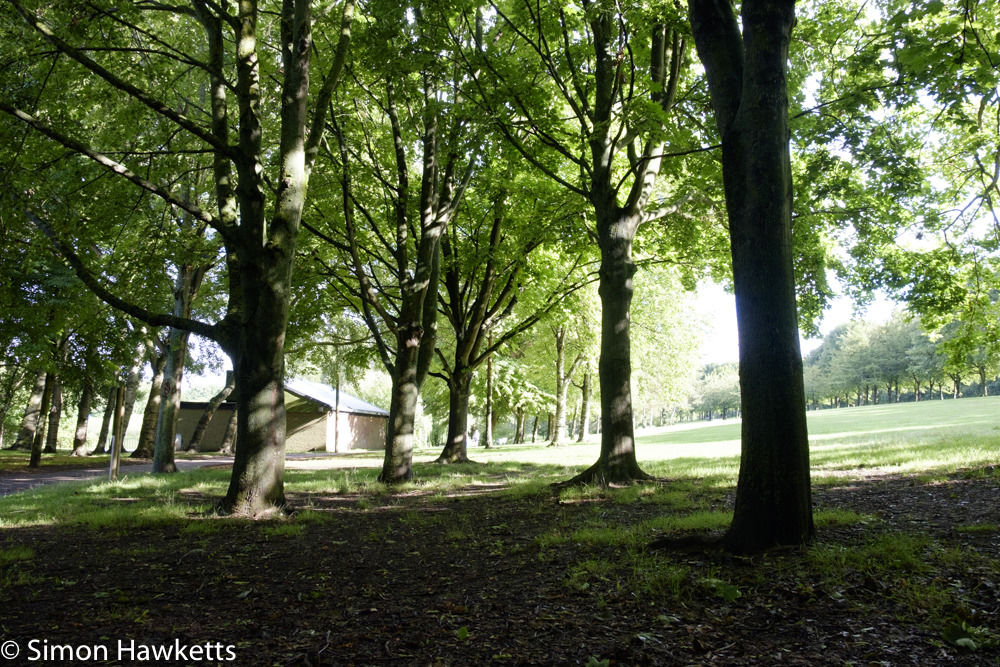
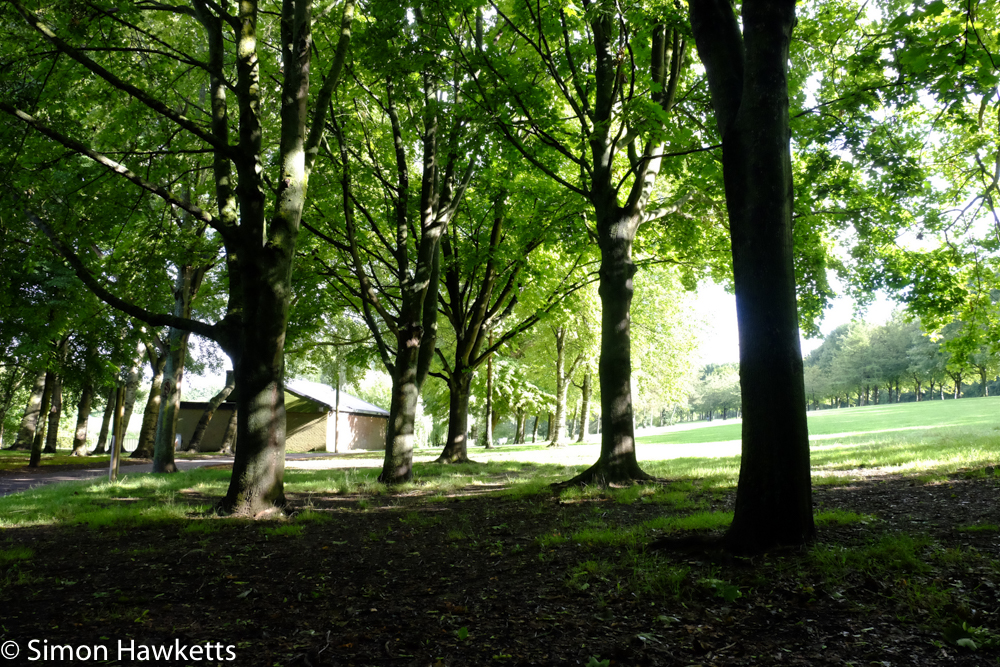
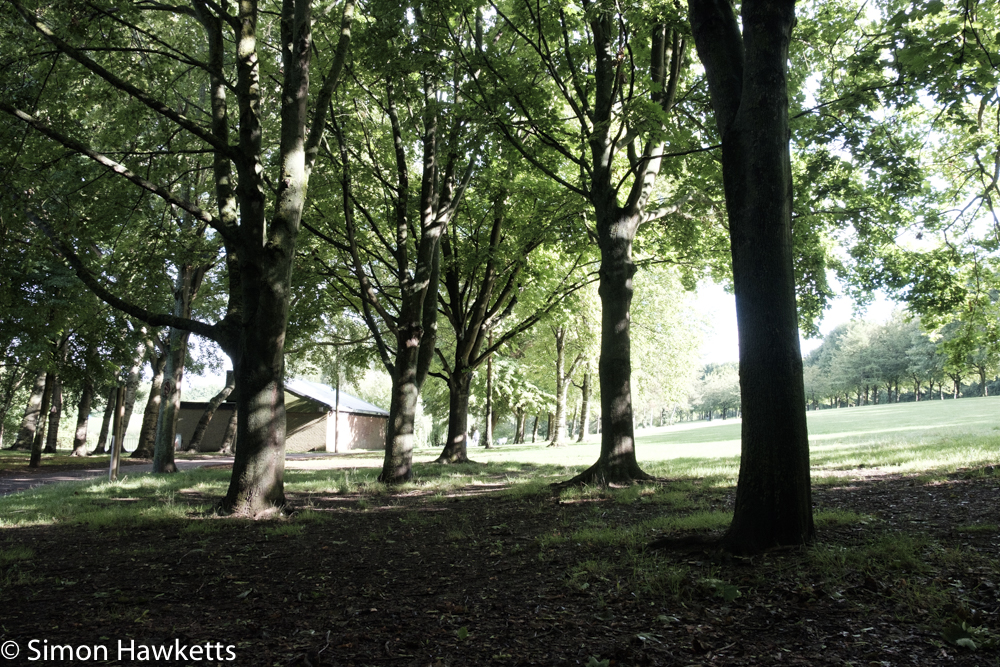
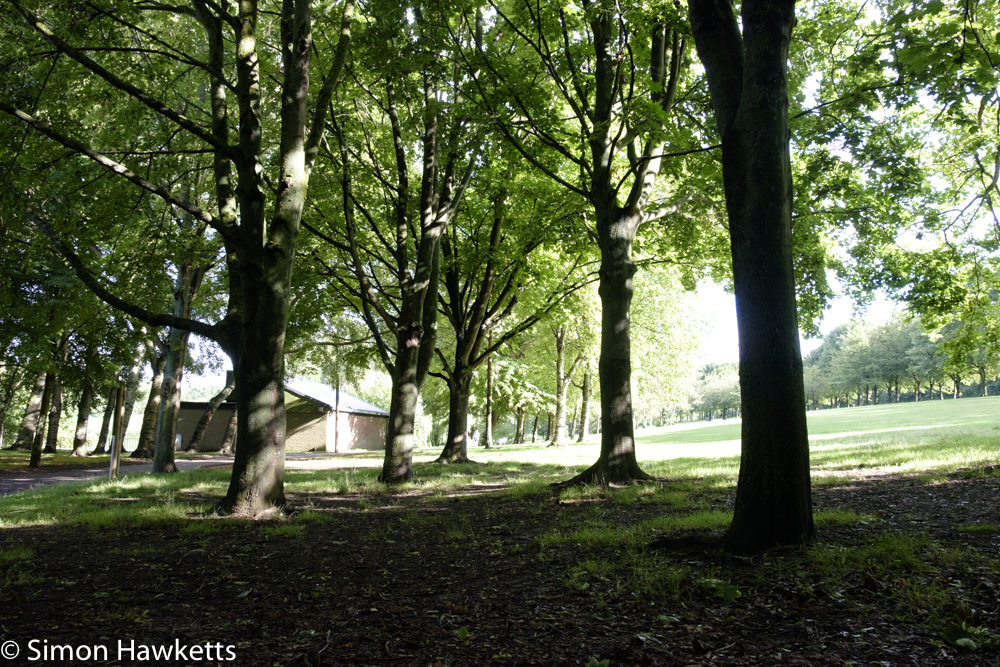
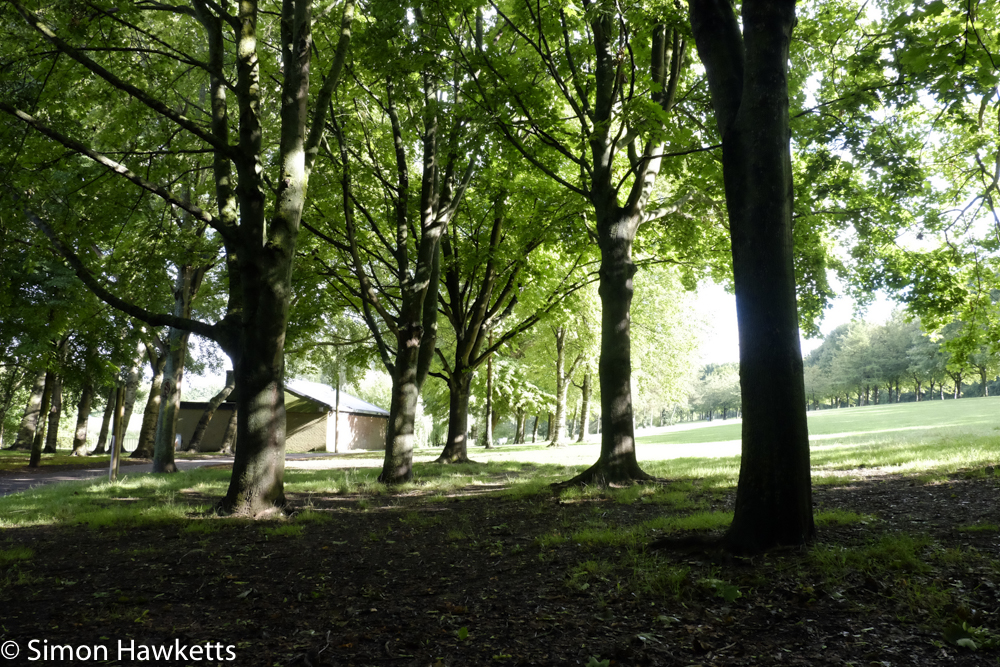
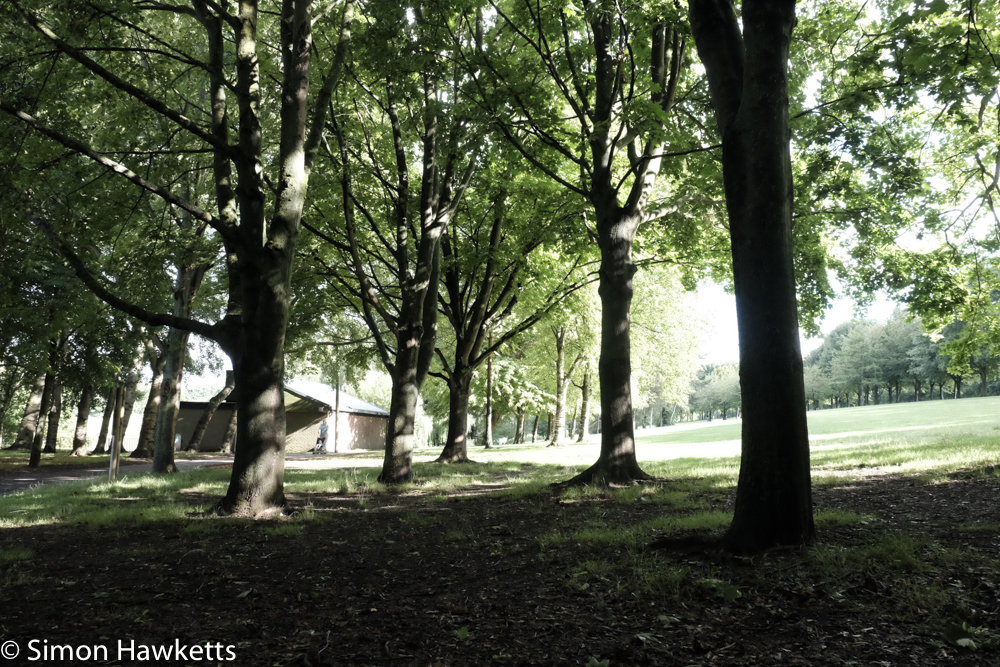
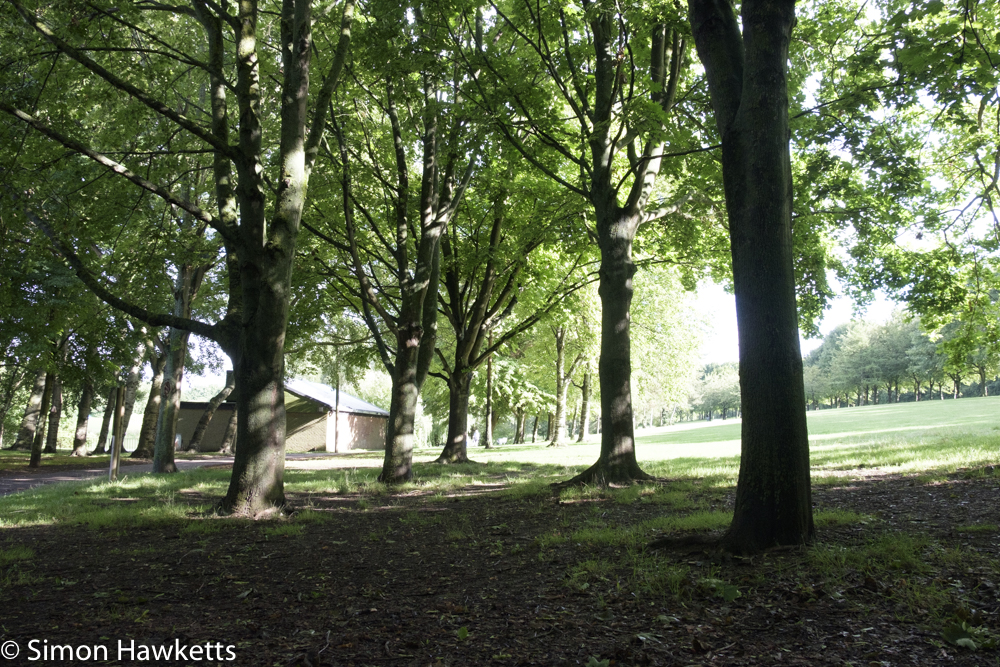
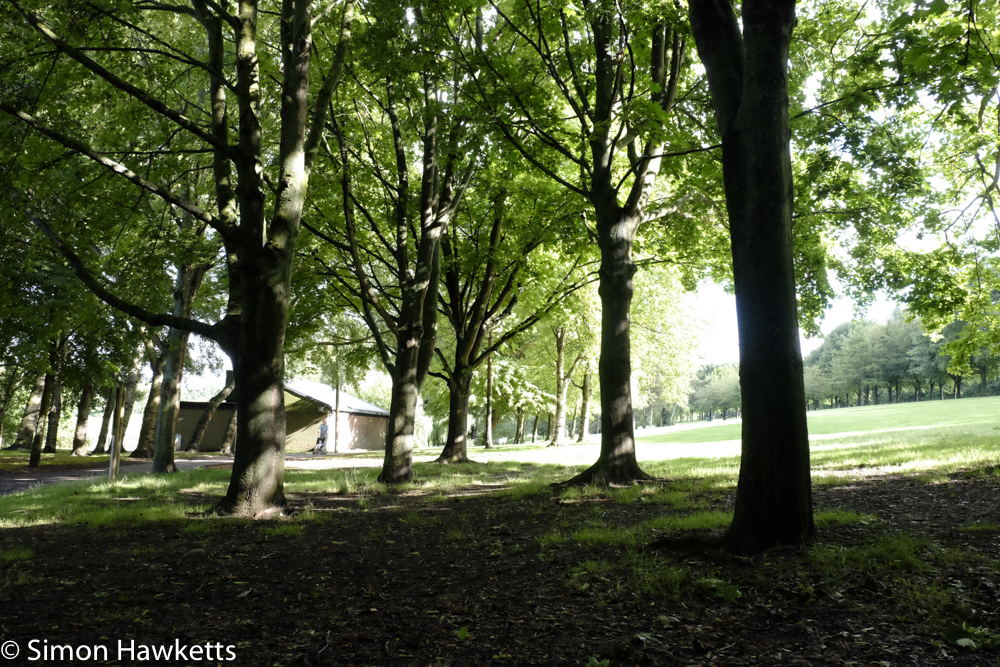
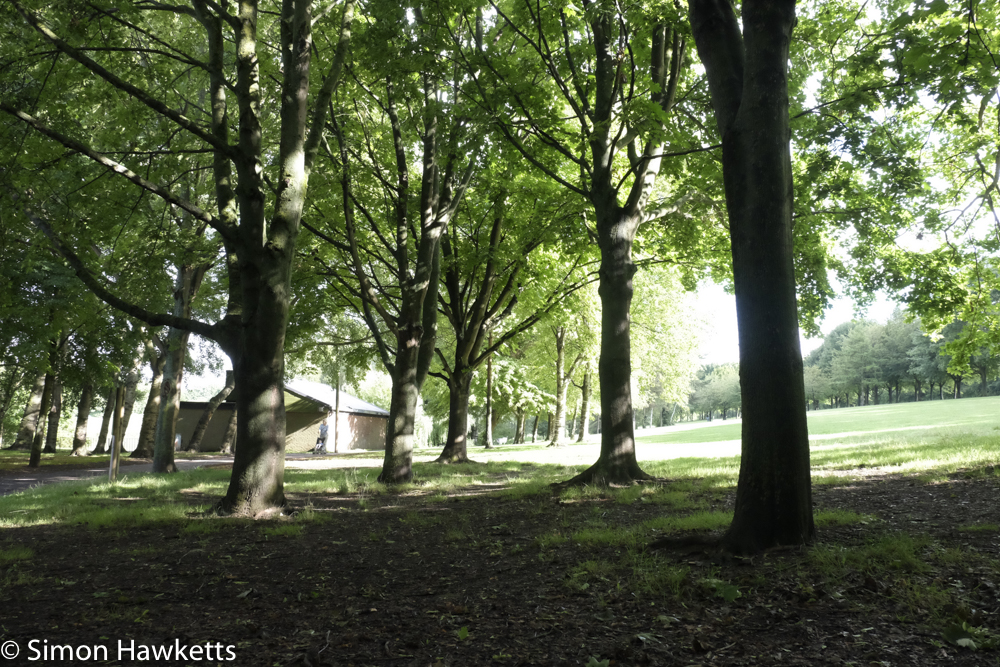
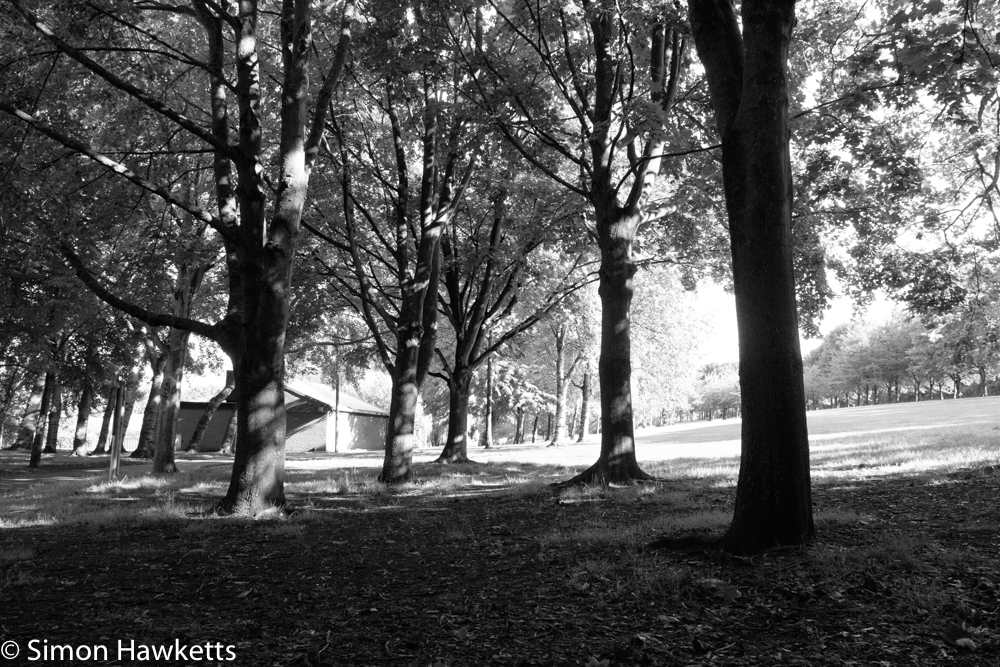

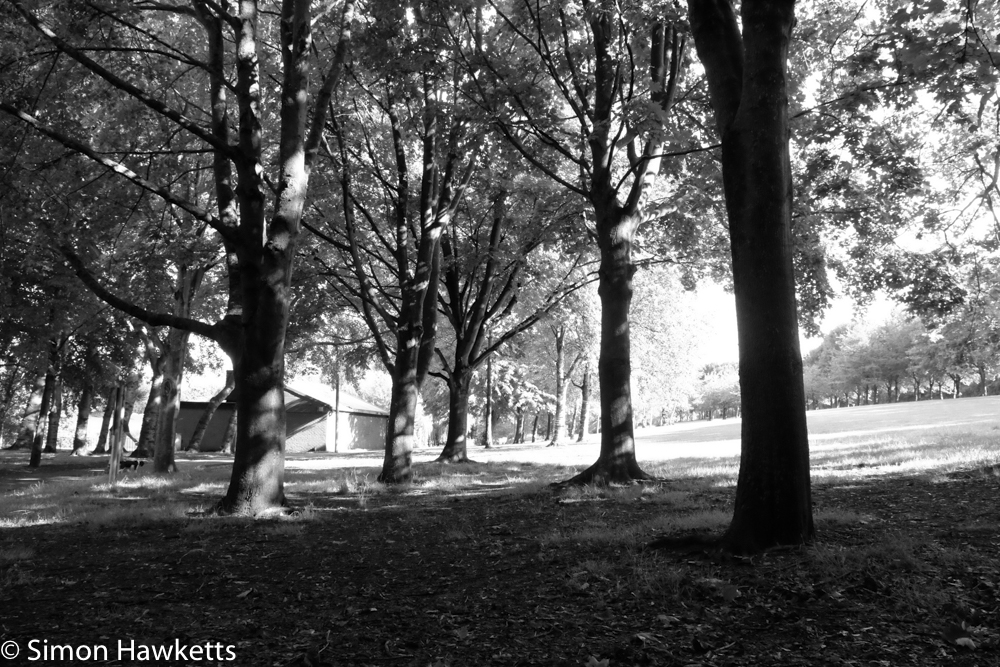
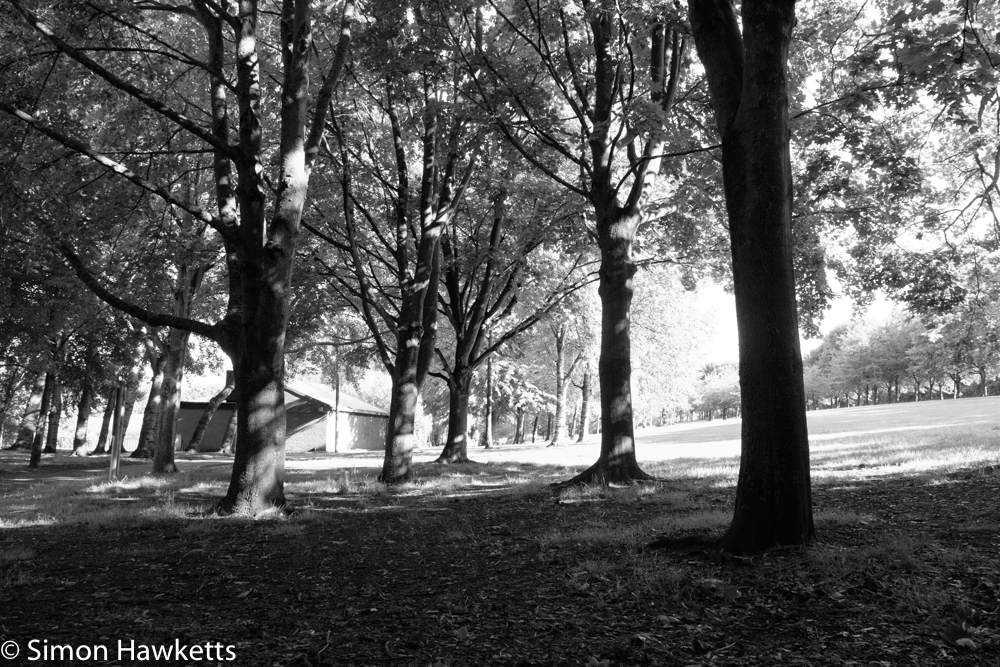
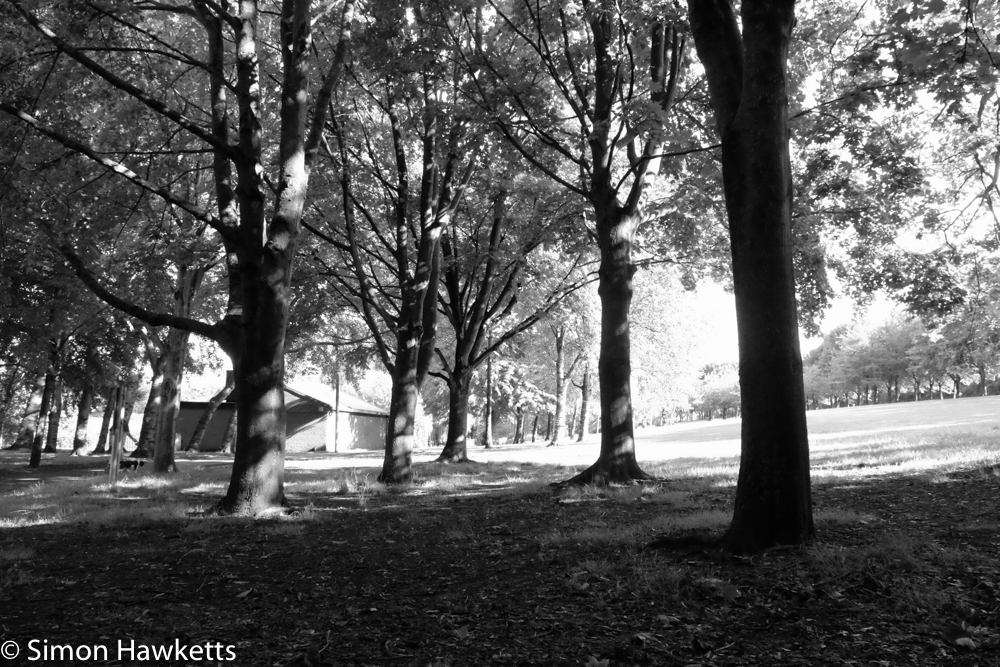
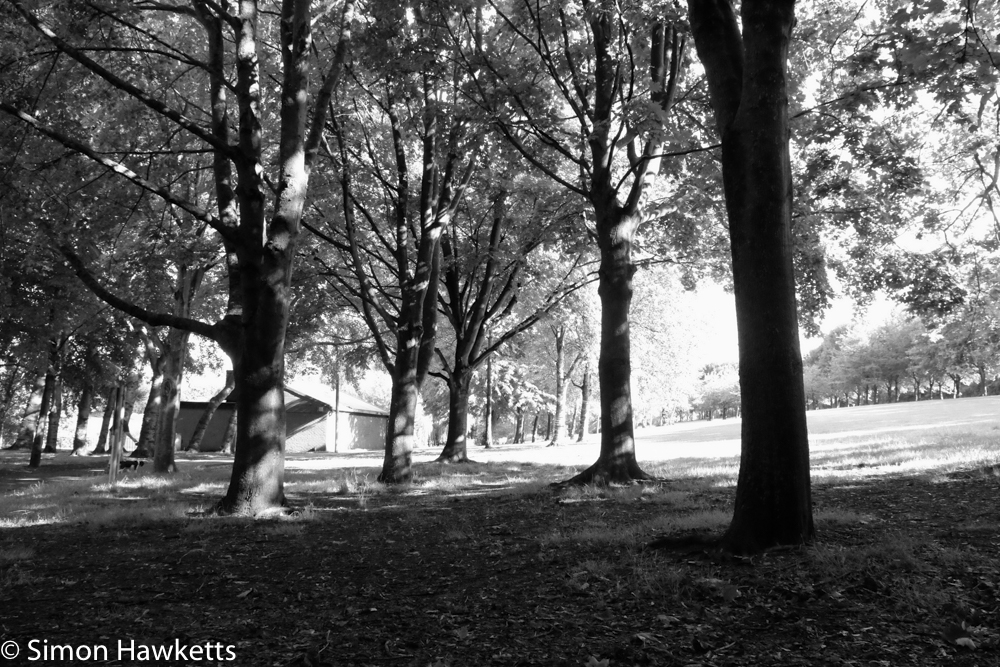
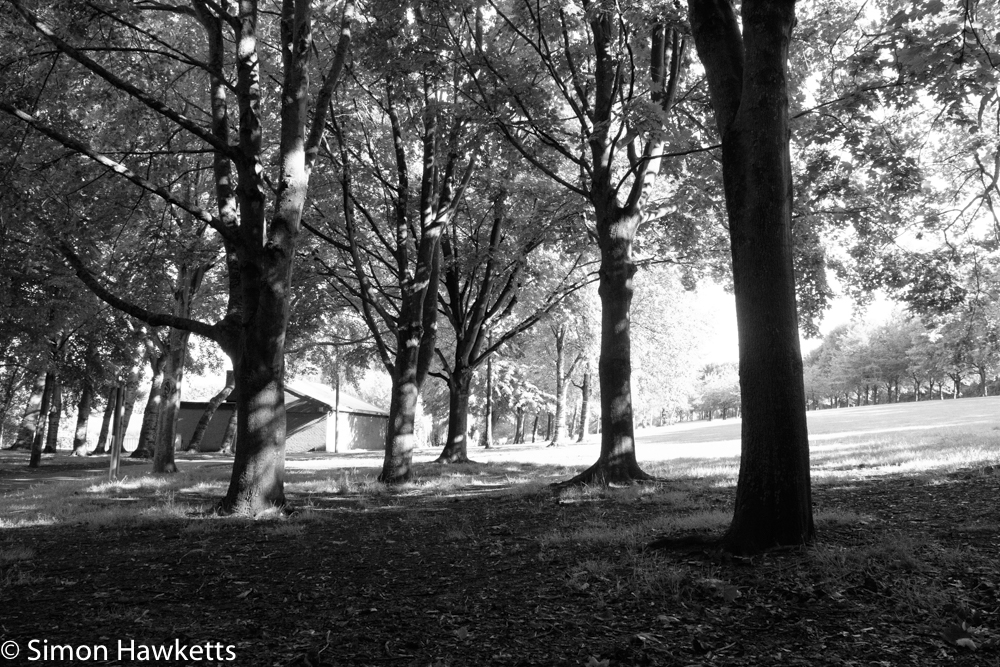
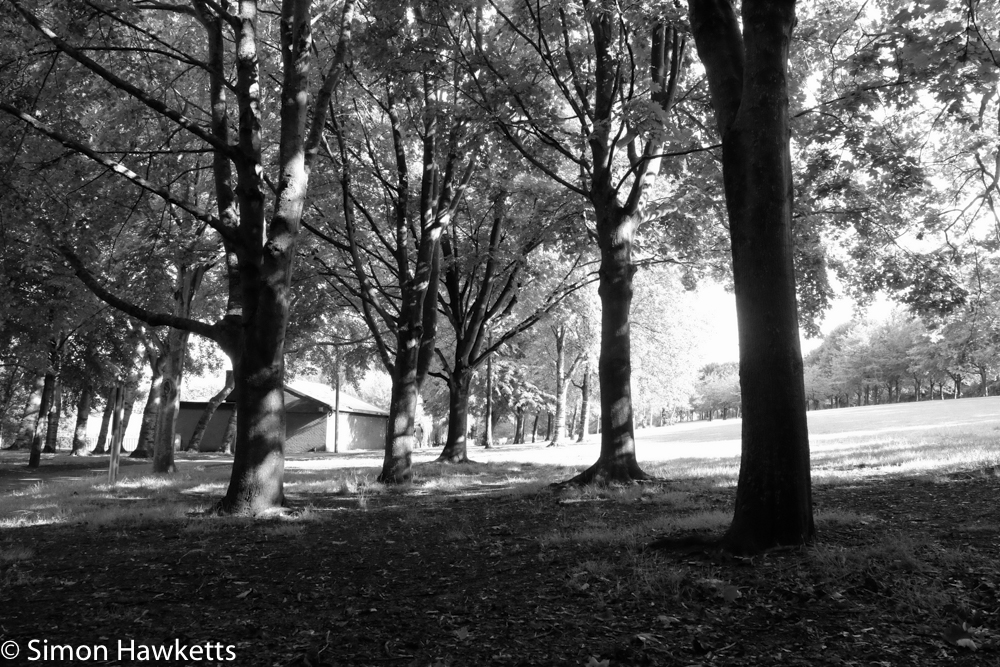
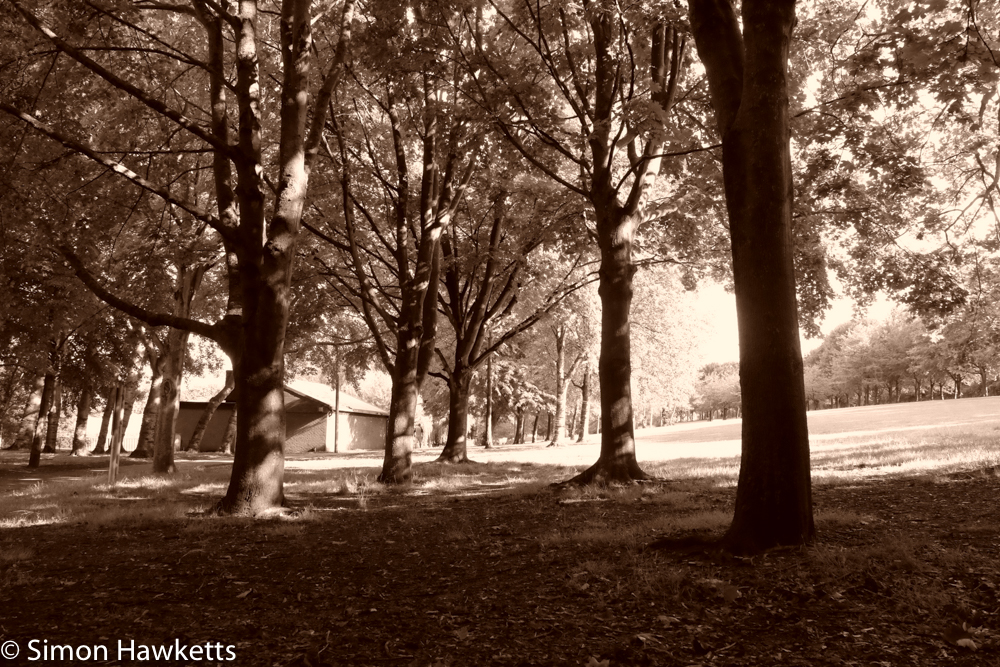
The pictures are shown in the gallery above but I’ll just explain what I did to take these shots.
First, the lens used was the standard Fuji 18 – 135 zoom, the camera was mounted on a tripod, the shutter speed and ISO set to auto mode and I set f/8 on the aperture.
First I took one picture in RAW mode which is the first shot in the gallery above. Then I switched the camera to Bracketing mode and chose Film Simulation bracketing with the three films chosen as the first three in the list (Provia, Velvia & Astia). I then took a picture and the camera produced three copies – one for each film. Then I selected the next three simulation modes and took another picture. This continued until I had one picture for each of the simulation modes available.
Once I got home and imported the images into Lightroom I took the first RAW image and made 12 virtual copies of it before applying any changes to the image. Then I processed the first image in Lightroom the way I normally would to produce the first picture in the gallery.
With the other virtual copies, I went to the Camera Calibration panel in Lightroom and for each one I selected one of the film simulation options and applied it to the virtual copy. As I did this I gave a title to the image which described the film simulation – ie LR – Astia to indicate Lightroom Astia Simulation. By the way, for anyone wondering, the Lightroom profiles don’t include sepia.
With the Lightroom versions of the pictures complete, I named the jpg files from the camera with their correct film simulation title – is Astia.
With all this done I imported the files into this post and arranged them in the gallery in the way you see above. The first image is the RAW file processed in Lightroom and that is followed by each of the simulation modes – first the Lightroom version and then the camera version. By swapping between each image it’s possible to see any changes in the ‘look’ of the picture. (Note there are subtle differences in the picture due to people walking into the scene as I took the individual in-camera film simulation pictures – I couldn’t avoid that easily)
So for me this has been a useful reference exercise and one that says I probably don’t need to worry too much about using the Fuji XT-1 Film Simulation in-camera modes. I can’t really notice a difference between the Lightrooom profiles and the In-Camera profiles so I’ll just carry on shooting in RAW unless situation arises where I want to take a jpeg to share on social media.

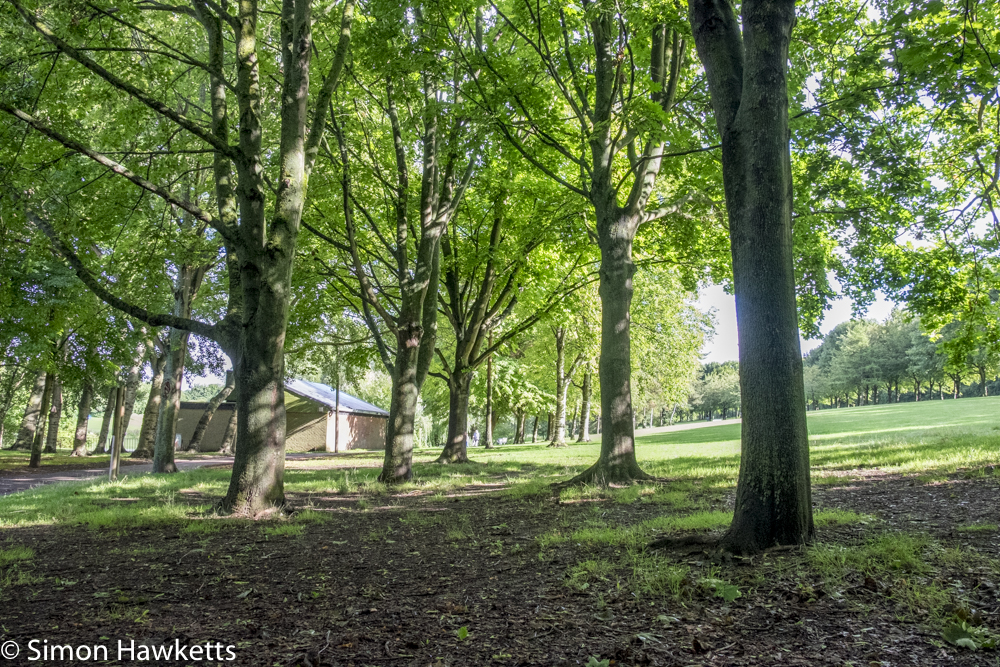
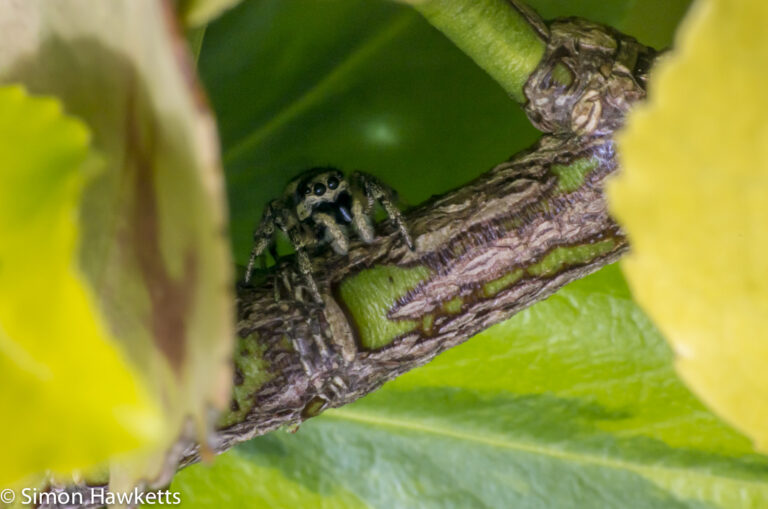
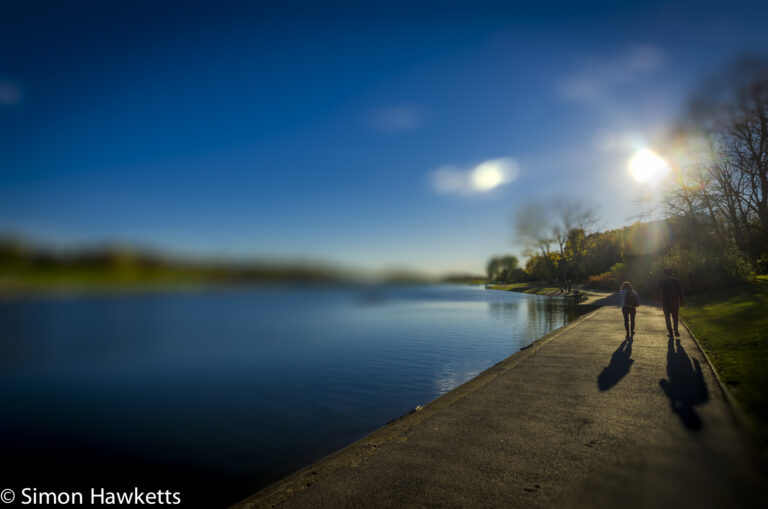
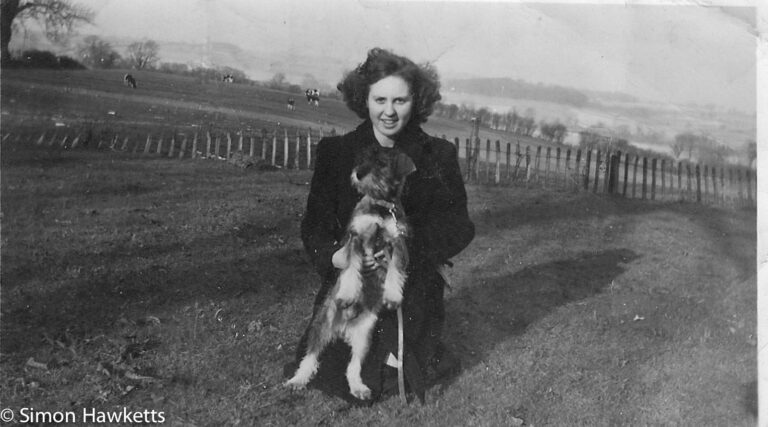
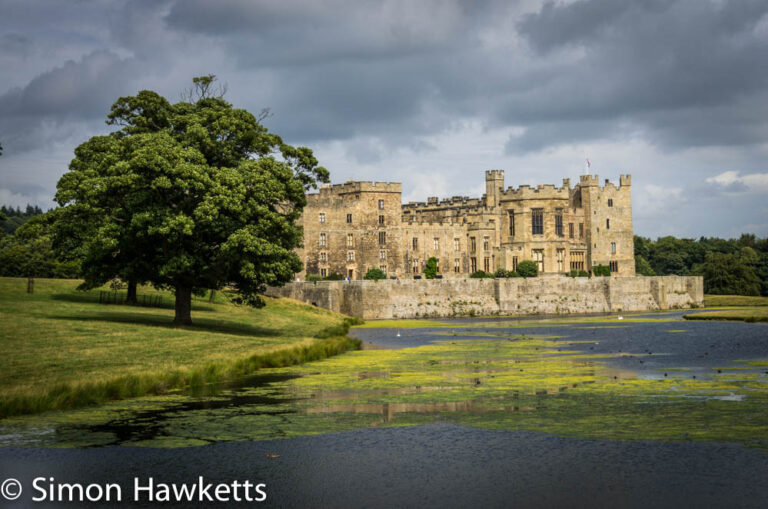
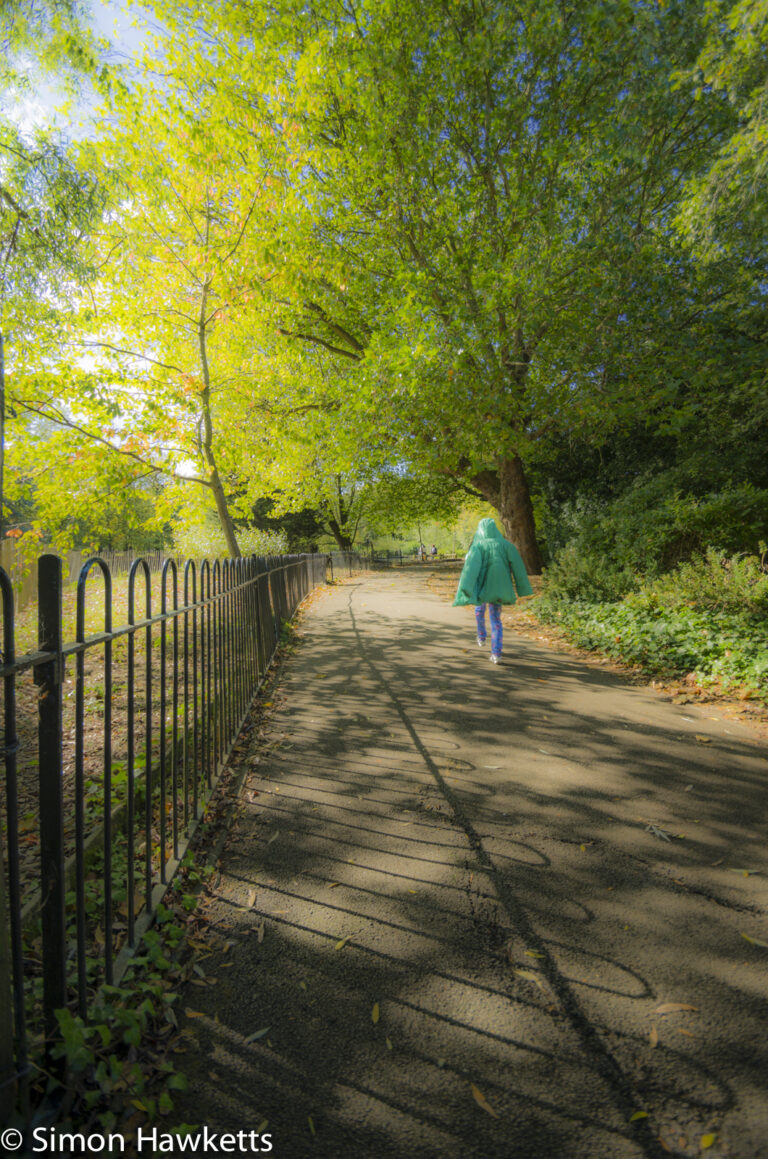
On my monitor, I can’t see much difference between the different colour profiles, regardless of how they are produced.
Thanks for the experiment.
I have come to enjoy using the Chrome simulation and find that it really suits street/urban situations. For shots of landscapes and nature, vivid and Astia offer more.